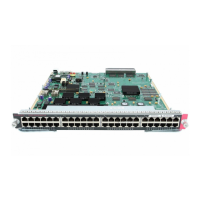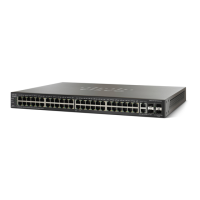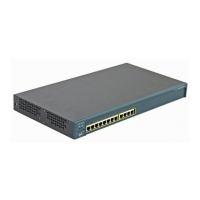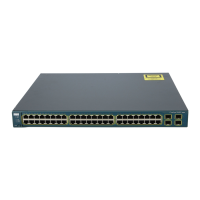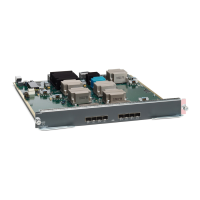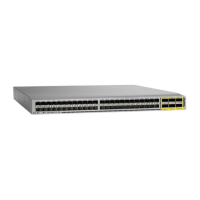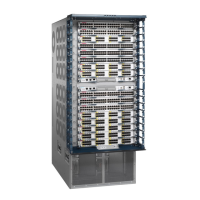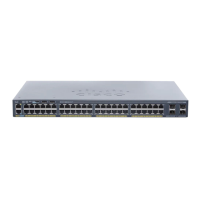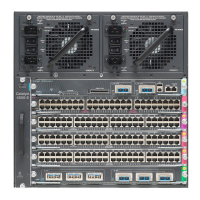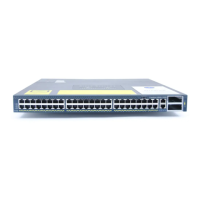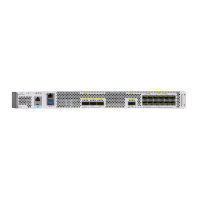4-4
Cisco TrustSec Configuration Guide
OL-22192-01
Chapter 4 Configuring SGT Exchange Protocol over TCP (SXP) and Layer 3 Transport
Configuring the Default SXP Password
Router(config)# cts sxp default source-ip 10.20.2.2
Router(config)# cts sxp connection peer 10.10.1.1 password default mode local listener
Configuring the Default SXP Password
By default, SXP uses no password when setting up connections. You can configure a default SXP
password for the switch. In Cisco IOS Release 12.2(50)SY and later releases, you can specify an
encrypted password for the SXP default password.
To configure a default SXP password, perform this task:
Detailed Steps for Catalyst 6500
This example shows how to configure a default SXP password:
Router# configure terminal
Router(config)# cts sxp default password Cisco123
Configuring the Default SXP Source IP Address
SXP uses the default source IP address for all new TCP connections where a source IP address is not
specified. There is no effect on existing TCP connections when you configure the default SXP source IP
address.
To configure a default SXP source IP address, perform this task:
Detailed Steps for Catalyst 6500
This example shows how to configure an SXP default source IP address:
Router# configure terminal
Router(config)# cts sxp default source-ip 10.20.2.2
Command Purpose
Step 1
Router# configure terminal
Enters configuration mode.
Step 2
Router(config)# cts sxp default password
[0 | 6 | 7] password
Configures the SXP default password. You can enter
either a clear text password (using the 0 or no option)
or an encrypted password (using the 6 or 7 option).
The maximum password length is 32 characters.
Step 3
Router(config)# exit#
Exits configuration mode.
Command Purpose
Step 1
Router# configure terminal
Enters configuration mode.
Step 2
Router(config)# cts sxp default
source-ip src-ip-addr
Configures the SXP default source IP address.
Step 3
Router(config)# exit
Exits configuration mode.

